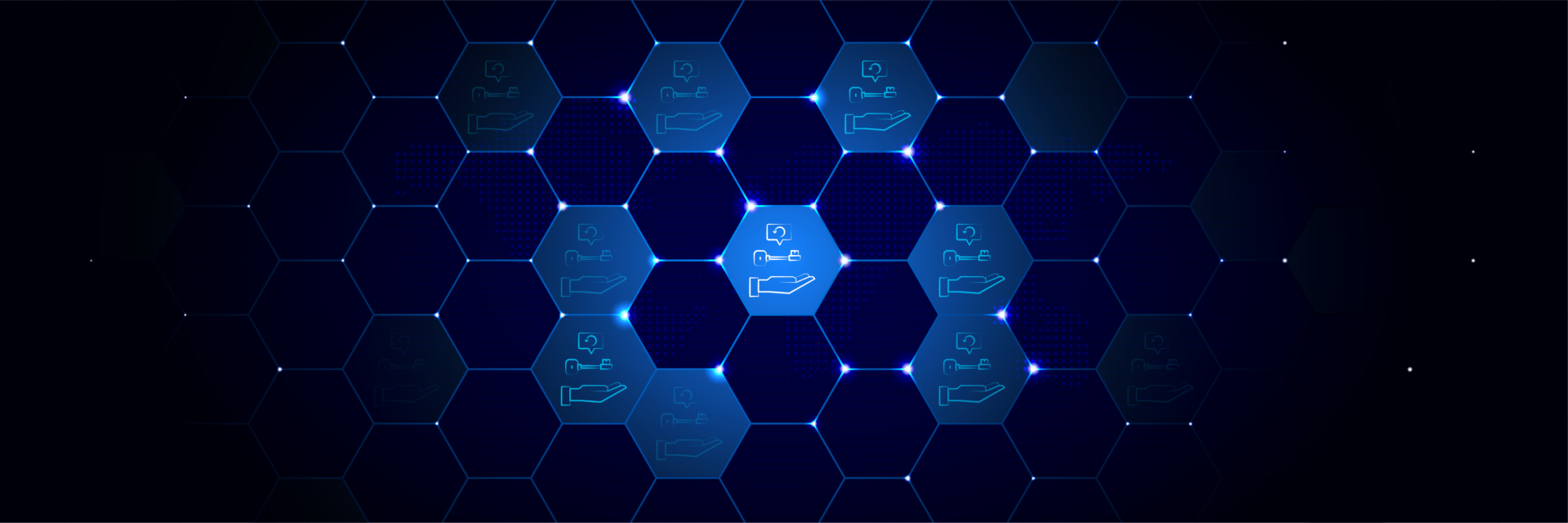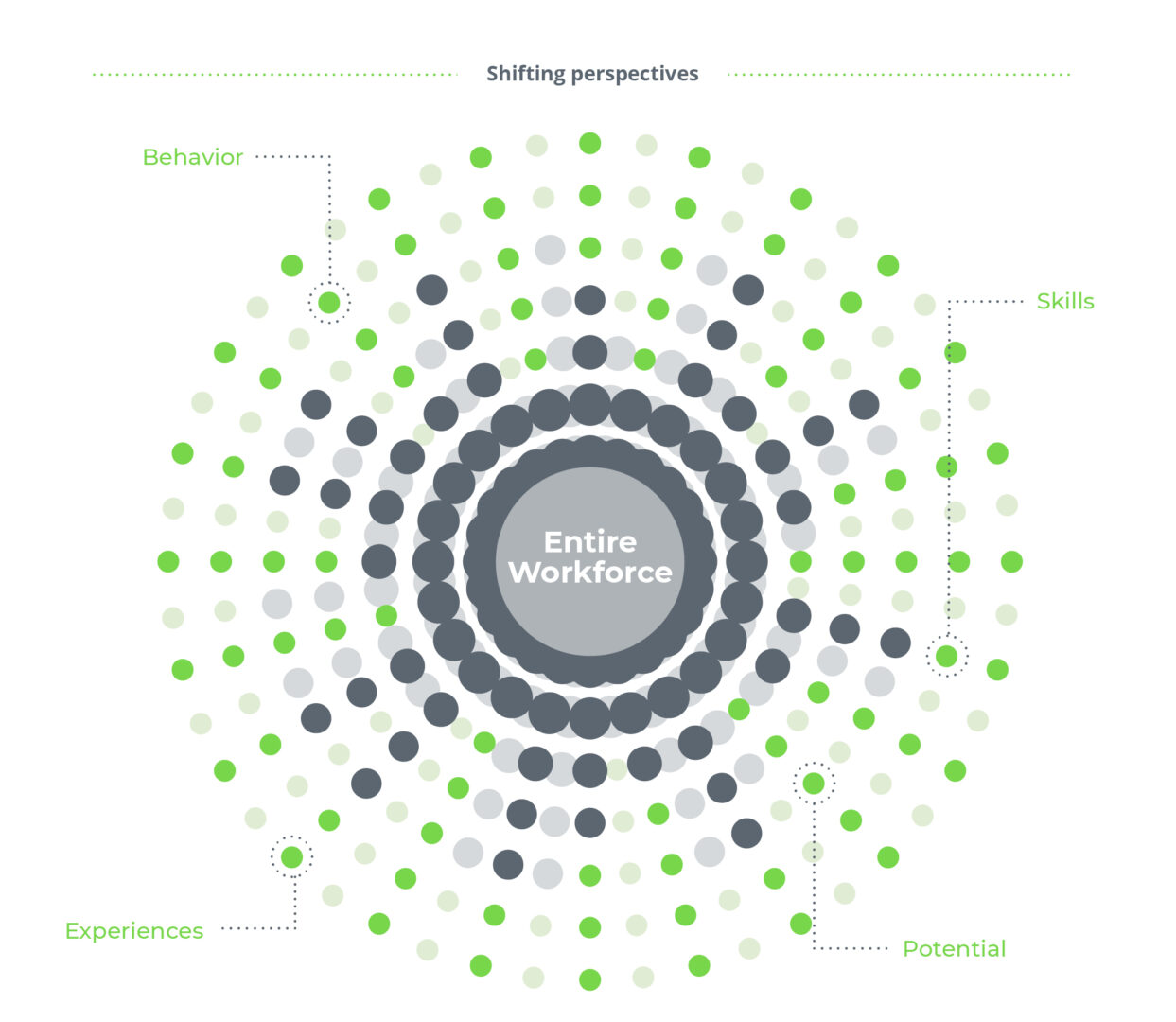A reimagined Assessment Strategy in the Life Sciences industry
In recent years, the goals of the assessment industry have remained consistent – getting the right people into the right roles at the right time, but the process of achieving this has evolved significantly. Technology advancements and Artificial Intelligence (AI) have led to new ways of administering and scaling assessment tools and drawing meaningful insights from the data.
The word ‘data’ is used a lot as it relates to assessment for both selection and development. Even with the best of intentions, it seems that companies still never quite get there in terms of strategically implementing assessment and managing talent. Furthermore, there is a huge need and gain for objective data-driven talent decisions, and while many organizations already have the data, they often miss an opportunity to use it to drive meaningful insights and real change.
Many organizations choose to work with a range of assessment providers to address various ‘needs’ within the organization. However, this typically results in the opposite: disconnection and a great deal of complexity. This causes a lack of alignment from the user experience perspective. Additionally, it is hard or perhaps impossible to scale and those data points never get merged and analysed, nor do they create insights as powerful as when they come from one source. Even worse, vendors are often left to pull the pieces together, which creates other issues and complexities.


The challenge
A recent client engaged with us to reimagine their talent assessment strategy. As we have seen in many other organizations, they had a mix of vendors in different locations with no real governance around the process, resulting in an inability to create consistency or generate meaningful metrics and insights. With the client’s requirements in mind, and with our passion to create cutting edge solutions, we developed unique criteria that they can take to the market, with the goal to engage one assessment partner across all job levels and geographic locations. Together, we were reimagining the assessment space.

We needed to ensure that the solution was reliable, cost effective, and – critical to scalability - integrated with the client’s recruiting and candidate management technology. Too often these interconnected technologies stand alone, and that does not only significantly impact the user experience for the manager, the HRBP, the recruiter, or the candidate, but it also drives up costs as organizations search downstream for ways to automate, scale, or even switch out providers to keep up with the business growth.
We were aiming for a transparent solution, adding value to both process and outcome. Our goal was to have a solution that maps competencies and behaviours by job levels and to identify the enablers of the company values that further enrich the culture of the organization. These insights would provide hiring managers a meaningful content that is easy to understand and can be used during a conversation with potential new hires. This way, the quality of new hire will take on a new meaning.
At last, we wanted this to be delivered through a single provider, ensuring all data could be leveraged to gain the best possible talent insights. After assessing 8 different assessment strategy providers in the market, SHL became the provider of choice and was onboarded to drive the project.
Embracing AI technology, SHL combines technology, a passion for data science, and an unmatched expertise in psychological science to maximize workforce potential. With the ability to quantify the complex people data, they provide objective and actionable people insights for their clients. One of SHL’s philosophy is also to make the hiring process more inclusive.

The Solution
The design phase was intense, which was what we had hoped and planned. We wanted 90% of the effort to go in up front, so that the solution in operations would require very little effort and scale without the usual pains.
1. Competency mapping
We mapped values to competencies and competencies to behaviours. We worked with SHL to identify the individual preferences and behaviours that would be critical for individuals to possess to thrive in the organization. This resulted in a series of defined competencies and associated behaviours by job levels.
2. Designing interview guides
From there, competency-based interview guides, designed to assess these critical behaviours by job level, were developed. The guides were uploaded into a portal accessible to those involved in the hiring process, with an easy interface to develop the guides on demand.
3. Custom reporting
Customized output reports which integrated candidate data in an easy-to-understand and meaningful way were designed. These reports interpreted the data against the critical behaviours identified for each job level. Together with the SHL team we created two custom types of output reports. The first one is an easy to interpret and visual report to support managers in the hiring process. It includes a summary dashboard page to assess candidate match against company value, and custom question derived from the assessment results to support the final interview stage. This helps the hiring manager not only validate the results, but also further understand candidate strengths and development areas. The second report is an onboarding report which contains a detailed narrative, as well as a tactical template, to help the line manager, HRBP, and new hires get the most from the first 90 days.
4. Integrating into the ATS and the recruiter workflows
To maintain and improve the engagement, it was critical to have a proven solution that the assessment provider could natively integrate with the client’s recruiting technology and to place a huge focus on the user experience. Therefore, beside focusing on integration, we also mapped the experience from a candidate, recruiter, and hiring manager’s perspective as well as optimized the recruiting and candidate management technology as needed. For there to be governance across this process – and thereby ensuring consistency and powerful future insights, the solution had to be scalable and seamless from an administration standpoint, which we managed to create – all users along the process eventually had an optimized ‘one-system experience’.
5. Training HRBPs
For the solution to be rolled out successfully and easily adopted by all stakeholders involved, it was critical to train the HRBPs in understanding the SHL’s methodology and tools. Additionally,
the training also provided the HR leaders a deep understanding of the simplified reports intended for the managers. With this combination, they now have a deep know-how of how to support the managers and are also able to connect the dots and provide concrete advise to the board on how to organize their talent management processes.

The Result
The client now has a transparent and powerful assessment solution in place that enables them to identify the right fit for a role across levels. The solution is also scalable, thanks to the one-vendor approach and integrated technology we have chosen for. Additionally, the assessment strategy is connected transparently and meaningfully into the hiring process – the hiring manager, HRBP, and every single candidate finds something meaningful through this process and the value that the assessment tools bring in the hiring steps is clear. Every candidate who participates, whether successful or not, receives a report. This report is not only extremely valuable for the individual as a part of their own development, but it is also important for the brand reputation of our client, who wants to leave every candidate with personal insights to build upon.
The client and SHL partnering up helps optimize the assessment process and strategy. Looking ahead, they have the ability to generate rich talent data across all geographic locations and job levels, which helps organisation create meaningful insights and make data driven talent decisions. In consideration with the current climate and talent market, the opportunities growing from this project are significant. In In the first 6 months of implementing this process, the improvement in quality of hire is already being recognized across the organization, as leaders see an increased impact in business outcome already. The concrete results will be formally measured in the next 6 – 12 months.
With these insights, it is possible to take the concept of hiring for what people ‘can do’ rather than what they ‘have done’ to a whole new stage.
How can I be a Reimagineer?
Just like Talent Reimagined, SHL has an incredible passion for challenging the status quo. They challenge each other from diverse viewpoints and work towards the best possible outcome while considering the clients’ needs.
A true Reimagineer challenges perspective. Everyone is biased naturally, but a Reimagineer uses information to challenge their own way of thinking, reducing biases as much as possible. Challenge yourself to take that extra step, look beyond your own point of view, and generate an inclusive workplace. This helps create new and innovative opportunities to reimagine, to rebuild, and to restart your work in new ways.
The simplest answer to how you can be a Reimagineer is you need to think differently, ask questions, and look at the way things have always been done and ask yourself:
Why are we doing things this way? How can we do it better? How can I make it better?
If you would like to discuss your assessment strategy together, please contact us at
[email protected]




